Search results for 'de la'
-
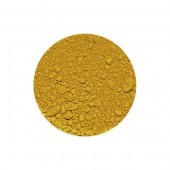
Mars Yellow Pigment
Starting at: £4.50
-
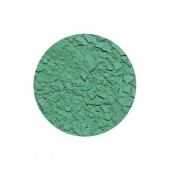
Cobalt Green Light Pigment
Starting at: £8.70
-
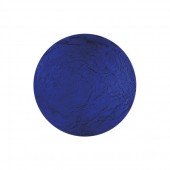
Blue Verditer Pigment
Starting at: £7.50
-
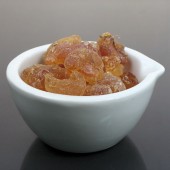
Gum Arabic
Starting at: £6.30
-
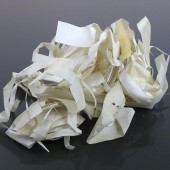
Parchment Clippings
Starting at: £9.90
-
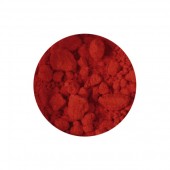
Cadmium Red Pigment
Starting at: £8.40
-
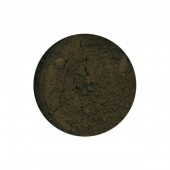
Raw Umber Greenish Pigment
Starting at: £4.80
-
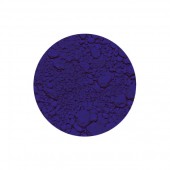
Ultramarine Blue Light Pigment
Starting at: £6.00
-
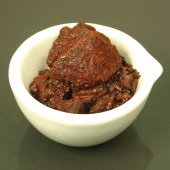
Dragon's Blood Pieces
Starting at: £25.40
-
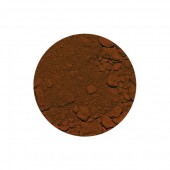
Mars Red Pigment
Starting at: £4.50
-
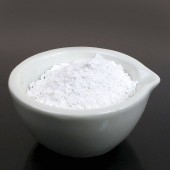
Gesso di Bologna
Starting at: £12.00
-
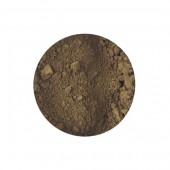
Burnt Umber Pigment
Starting at: £4.00
-
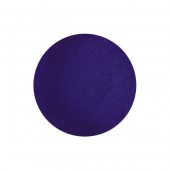
Prussian Blue Pigment
Starting at: £5.20
-
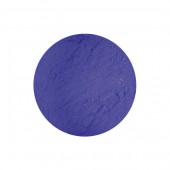
Smalt Dark Pigment
Starting at: £5.30
-
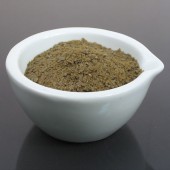
Carnauba Wax Grey
Starting at: £8.40
-
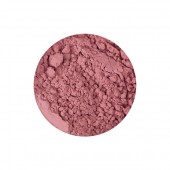
Potters Pink Pigment
Starting at: £22.00
-
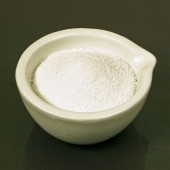
Marble Dust
Starting at: £4.70
-
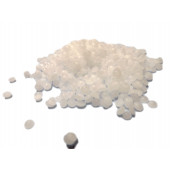
Microcrystalline Wax
Starting at: £8.50
-
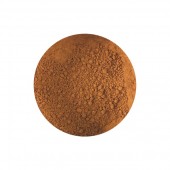
Burnt Sienna Pigment
Starting at: £4.00
-
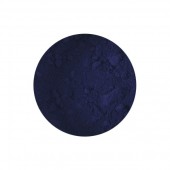
Indigo Blue Synthetic Pigment
Starting at: £5.50
-
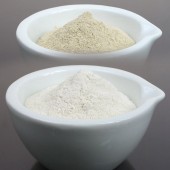
Gum Tragacanth
Starting at: £20.00
Call to Order
-
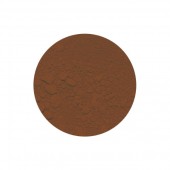
Cadmium Brown Pigment
Starting at: £10.00
-
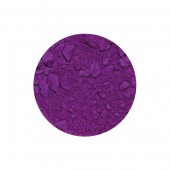
Cobalt Violet Dark Pigment
Starting at: £14.00
-
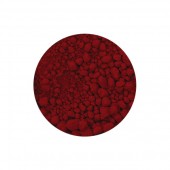
Carmine Red Genuine Pigment
Starting at: £10.00
-
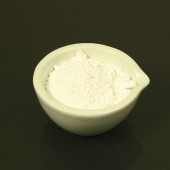
Alumina Hydrate Light
Starting at: £8.30
-
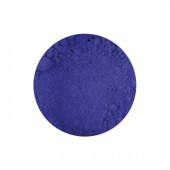
Cobalt Blue Pigment
Starting at: £6.50
-
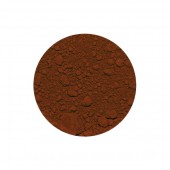
Red Ochre Pigment
Starting at: £4.00
-
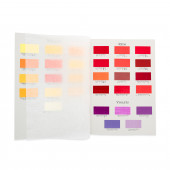
Cornelissen Pigment Colour Chart
£40.00 -
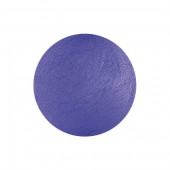
Egyptian Blue Pigment
Starting at: £5.90
-
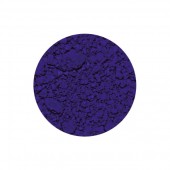
Ultramarine Blue Limewash Pigment
Starting at: £6.30




